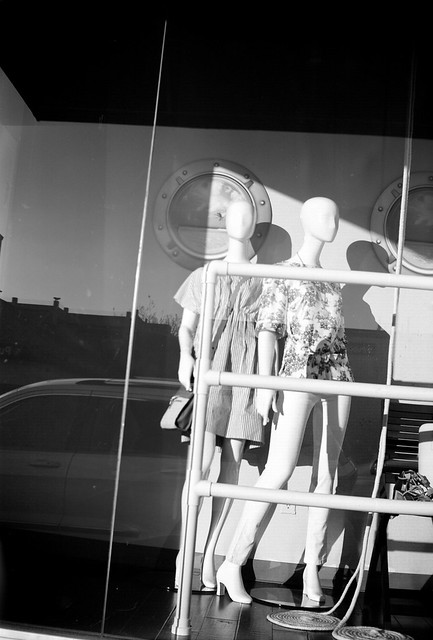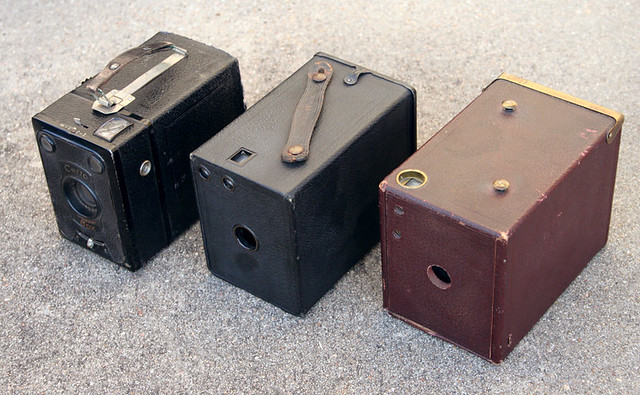randolph45
Well-known
What???
What???
As a member of good standing in the "T B Club" I can say any and all comers are welcome to join.😎
What???
Thanks for the link lynnb. Some good pics there on the first page.
Anyway, from the pic you've just posted here, I'm sorry, but you can't join the "Talentless Bozo's" club.
As a member of good standing in the "T B Club" I can say any and all comers are welcome to join.😎







